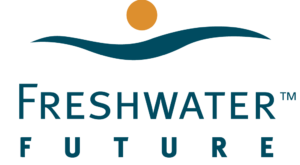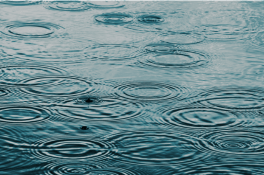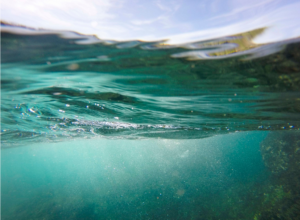Freshwater Future Welcomes New Board Members
We would like to introduce you to another of our newest board members, Brenda Price of Detroit, Michigan. Brenda serves as the Associate State Director for the American Association of Retired Persons of Michigan (AARP), advocating on behalf of AARP Members and seniors to be able to live as they choose, as they age. She has a wealth of knowledge and practice in the nonprofit sector and has helped to build the capacity of countless nonprofit leaders throughout her career and continues to be a resource for emerging leaders in her home state of Michigan and beyond. We are so lucky to have her on the Freshwater Future board!
Freshwater Future Host’s Two New Yale Environmental Fellows
Freshwater Future is excited to host two graduate students this summer, Mya Shiloh and Nicholas Stewart, from the Environmental Fellows Program. This program operates out of the Yale School of the Environment, providing opportunities for historically underrepresented students in the environmental workforce to gain work experience in environmental philanthropies, the nonprofit and for-profit sectors, and government agencies. Learn more about this program and the projects Mya and Nicholas are working on this summer in our Blog.
Canada Strengthens the Canadian Environmental Protection Act (CEPA) with passing of Bill S-5
Advocates for the environment and human health are cautiously optimistic about the passage of Bill S-5, the Strengthening Environmental Protection for a Healthier Canada Act. The law now recognizes the “right to a healthy environment” including responsibilities to uphold environmental justice, intergenerational equity, and continuous improvement in environmental protection (non-regression); prioritizes the restriction of hazardous substances most likely to cause cancer, reproductive harm, or genetic mutations; and requires the government to develop a Watch List of potentially hazardous chemicals and a new plan to assess on-going chemical risks. While the bill does include timelines for action and requirements for transparency, there are concerns that the action plan for implementing the bill is not due for two years and it remains unclear how individual provinces will enforce the new regulations.
Your Help Is Needed to Improve the Pennsylvania Water System Funding Process
Thank you to everyone who submitted comments to the Illinois and Ohio Environmental Protection Agencies! Residents of Pennsylvania still have time to take action and comment on one of the primary sources for funding local water system improvements – the Drinking Water State Revolving Fund. For disadvantaged communities, these funds can provide grants that help keep rates affordable and water safe and clean. Improvements are needed in all states to ensure the money reaches the communities that need it the most. Please take action today to ensure Pennsylvanians have access to clean and affordable water. Stay tuned for more actions as your Great Lakes state’s drinking water fund program goes up for public comment.
The First Federal PFAS Lawsuit Settled for a Fraction of Clean Up Costs
3M, a chemical corporation that manufactured PFAS for decades, has agreed to pay $10.3 billion to address PFAS contamination claims in U.S. public water supplies. PFAS, also known as “forever chemicals,” are toxic substances that have been linked to cancer and kidney disease and pose a significant public health problem when present in drinking water. A recent study conducted by Minnesota’s Pollution Control Agency estimates that the cost of cleaning up PFAS contamination from the state’s drinking water systems alone will range from $14 billion to $28 billion over the next 20 years. Companies responsible for PFAS pollution have been settling lawsuits for much less than the actual cleanup costs, leaving ordinary families to bear the financial burden and health consequences. Stay tuned for more updates and actions regarding PFAS contamination.
Ohio Releases Plan to Restore Lake Erie Water Quality
Today, the Ohio Environmental Protection Agency (Ohio EPA) submitted the Maumee Watershed Nutrient Total Maximum Daily Load (TMDL) Report to the U.S. EPA for review. This report details the connections between sources of Lake Erie impairments such as cyanobacteria harmful algal blooms (HABs) and what must be done to restore beneficial uses for drinking water, recreation, and aquatic life. The TMDLs, also known as “pollution diets”, are intended to address major sources of pollutants such as commercial fertilizers and giant livestock farms that contribute phosphorus to water, causing HABs in Lake Erie. Learn more about the development and content of the report in this factsheet.








